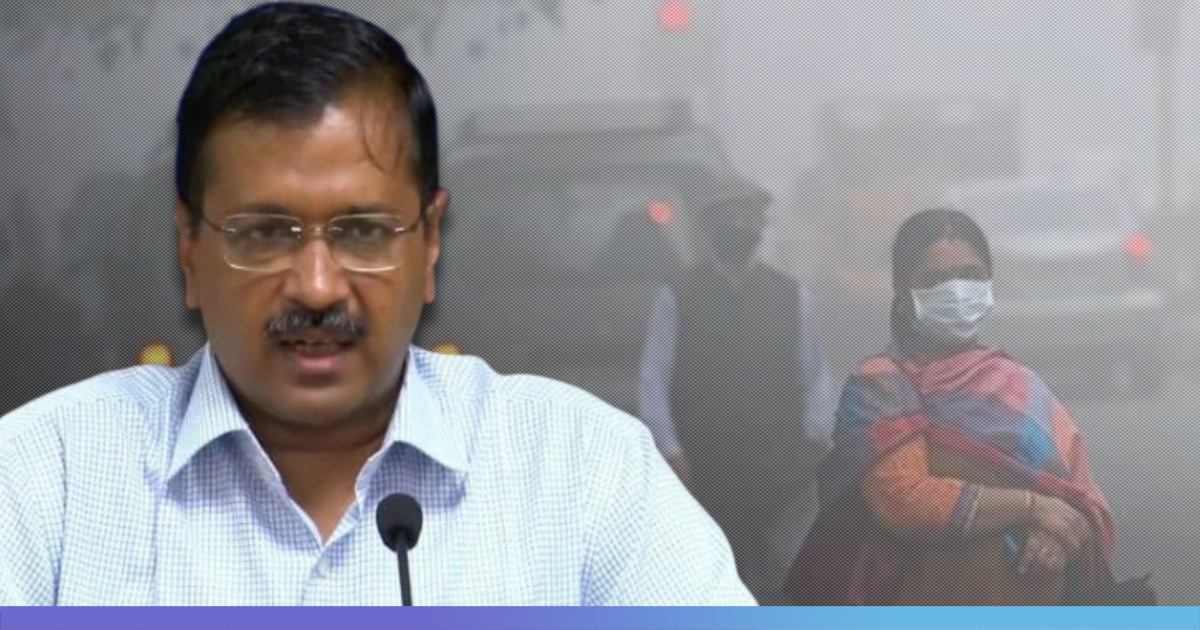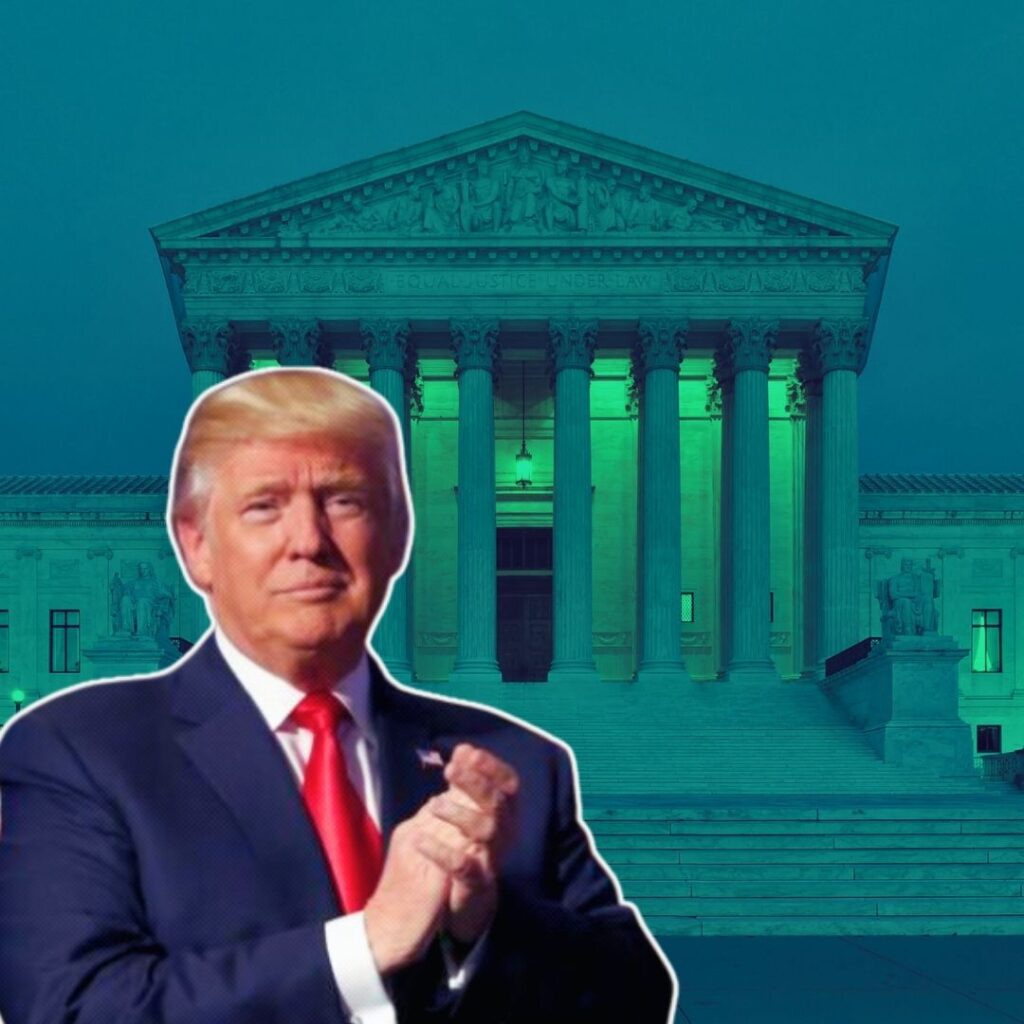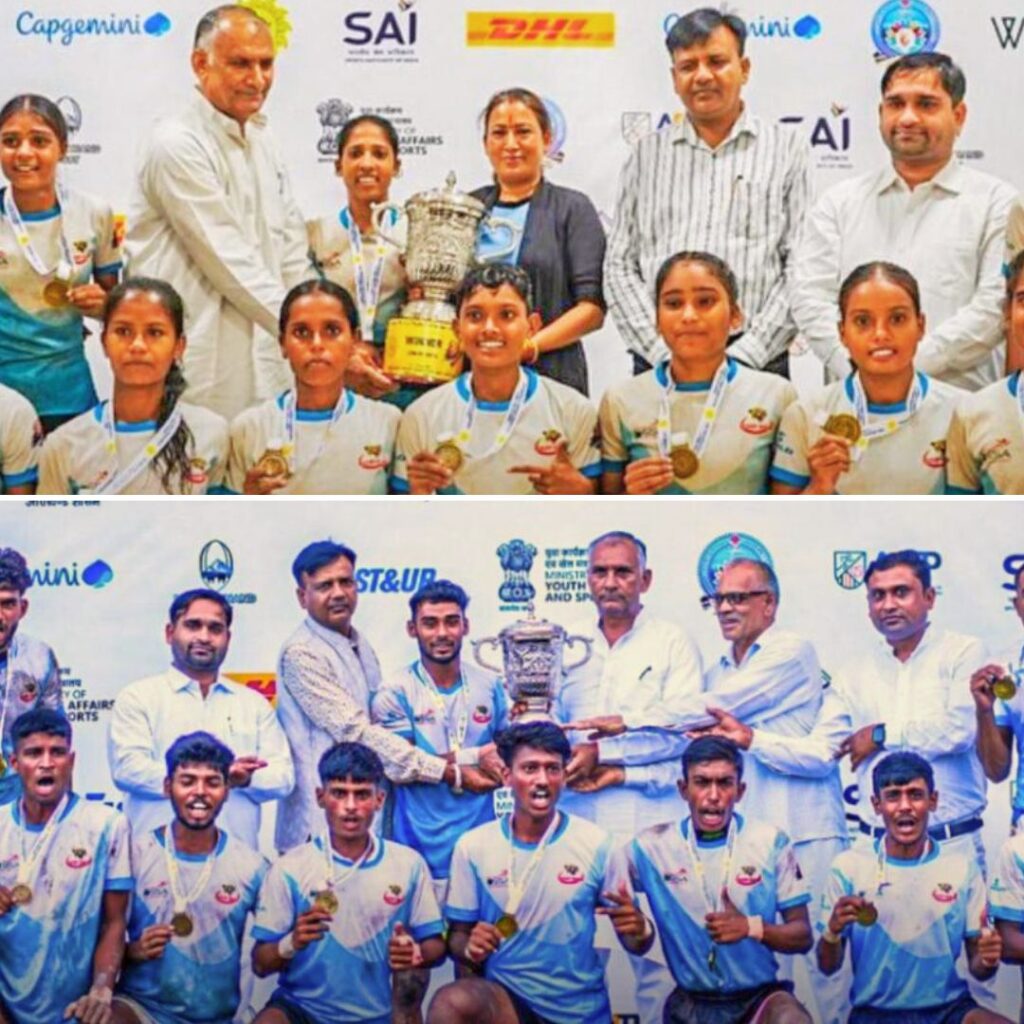After the much disputed scheme introduced by the Delhi government to combat rising air pollution last year, it was a mistake to think they exhausted the issue.
The rerun is all set to be implemented in the capital during the Diwali period of November 4-15 this year, LiveMint reports. The fact that November sees exponentially high air pollution, schemes like the Odd-Even become a necessity in order to be able to control the volume of traffic on the roads. Bearing this in mind, the government did acknowledge the importance of more schemes and this also came up with a seven-pointer agenda.
Chief Minister Arvind Kejriwal said at a press conference, “4-15 November odd-even (scheme) to be applied. The studies around this have shown that pollution levels fall. Odd and even is an emergency measure. It cannot be implemented for too long. Details will be clarified in the next few days.”
This move, as expected, raised quite an uproar as articles published around January 2016 resurfaced.
The Scheme
It is interesting to note IIT’s study on the real impacts of the policy, which concluded with a massive spike (10% in the 15 day period) as opposed to an ironical fall in the days leading to the period where the Odd-Even scheme was going to be implemented.
The report went on to conclude that the small proportion of four-wheelers leads to the outright failure of the scheme, as the number and variety of exceptions that the scheme came together with almost negated the entire intended impact.
Since global organizations like WHO use PM 2.5 and other contaminants as a major indicator of air pollution, it would make sense to consider what would be the causes of increasing release of these particles in our surroundings in the first place.
#Breathe, which provides a detailed database on pollution numbers in major areas all around New Delhi classified Road Dust as the most important polluter which four-wheelers ranking 4th, well being trucks and scooters which were, amusingly, exempt from the law. This study was taken up by IIT Kanpur to recognise why the scheme did not work as anticipated.
When asked around locally, in theory it makes sense that the traffic on the road would be made lower and would thus be a good step, perhaps in fighting air pollution. “It was a good effort, I think it should come back but with some changes,” said Mr. Rao, a resident of Asian Games Village kn South Delhi.
“I think the number of exemptions needs to be checked, any law needs to be adjusted for, not tweaked as required by the people,” said Dr. Sharma, another resident who would be willing to see any effort by the government to combat air pollution.
For some people, in-built grievances propped up as they claimed that there’s the crackers and pollution from crop burning to worsen the air anyway.
One cannot ignore the fact that most studies have indeed concluded a result which the government would not like. As reported by Hindu Business Line, PM 2.5 levels are disheartening when the data from 2016 is rolled out. There was however a noticeable positive impact on other pollutant levels like silica and phosphorus in the air of Delhi. Nonetheless, when it does come to overall levels of pollution level change, the positivity seems overwhelmingly abstract.
Also Read: Delhi Pollution Reduced Life Expectancy Of Residents By More Than 10 Years: Report











